How To Restore Vaginal Ph Balance Naturally: 7 Easy Remedies
Keep those vaginal infections at bay with the help of simple natural treatments.

Image: Shutterstock
Maintaining vaginal pH is crucial to keeping it healthy. The good news is that there are many natural remedies to restore vaginal pH balance. When the pH balance is off, the vagina can be vulnerable to infection. An overly alkaline environment can invite microbes to colonize the space and cause severe problems. Acidic environments can harm reproductive health. Keep reading to learn how to restore vaginal pH naturally.

In This Article
What’s A Normal Vaginal pH?
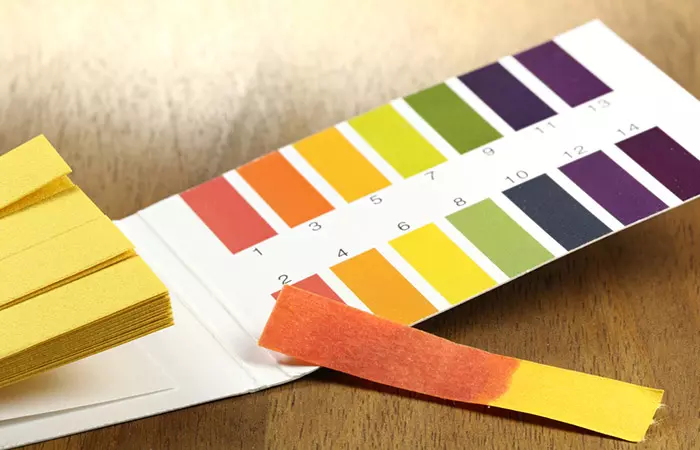
The vagina’s inner environment is acidic with a normal pH of less than 4.5. The pH scale is designed to measure the acidity or alkalinity of a substance. With 7 being neutral on the scale, a measure above 7 indicates alkaline, and below 7 means acidic. It is normal for your vaginal pH to change throughout your lifetime. If you are in your reproductive years, your vaginal pH should ideally range between 3.8 and 4.5. Before you have your first menstrual cycle or after you’ve had your menopause, it is normal to have a vaginal pH slightly higher than 4.5 (1), (2).
Lactobacilli are the friendly bacteria that inhabit your vagina and keep it acidic by secreting lactic acid and hydrogen peroxide. The acidic environment of your vagina is absolutely crucial for its defense against harmful bacterial or fungal growth (3).
However, for various reasons, the natural pH balance of the vagina may change and start becoming more alkaline. It is important for you to be aware of such a change as an alkaline environment may leave your vagina vulnerable to infections.
So, how do you know if your pH balance is off?
Key Takeaways
- The vagina is quite acidic, and its normal pH is less than 4.5.
- Maintaining the pH balance of the vagina is important to keep it healthy.
- Incorporating some natural remedies in your daily practices can help restore its pH balance.
- Increasing the intake of probiotics, using suitable intimate hygiene products, and changing tampons frequently during menstruation may help improve vaginal health.
How Can I Test My Vaginal pH?
There are different home testing kits in the market that can help you measure the pH balance of your vagina (4). Most of them involve the use of a strip of paper that changes color on being held against the vaginal wall for a specified time. You have to remove the paper and compare the color on it with the chart that comes with the kit. Each shade has a corresponding value, which can help you determine the pH level of your vagina.
It is important that you read the information that the test kit comes with. That will guide you regarding the specific time you need to hold the strip against your vaginal wall and the appropriate conditions in which you need to take the test.
A test kit is an easy tool that you can use to check the pH levels. Besides that, your body may also give certain indications when your vaginal pH levels are out of balance. Let’s see what some of them are.
Vaginal pH Imbalance Symptoms
- Discharge Color And Texture May Change
Healthy vaginal discharge is usually a clear or whitish gel-like fluid.
A pH imbalance can cause your discharge to change color and appear yellow, gray, or milky white over time. It may also change its texture to appear curdled, like cottage cheese.
- Discharge Odor May Change
Healthy vaginal discharge is typically odorless or has a very faint smell.
An imbalance in the pH level can cause a strong, foul-smelling discharge.
- Itchiness And Discomfort
The opening of the vagina may be itchy and you may experience discomfort or a burning sensation while peeing or during intercourse.
These symptoms are often caused due to a bacterial or yeast infection that could have developed in the vagina in the absence of an acidic environment (5). Read on for a better understanding.
What Happens When Your Vaginal pH Balance Is Off?

- Bacterial Vaginosis
Bacterial vaginosis is a condition in which there is bacterial overgrowth in the vagina. It is characterized by a fishy or foul-smelling vaginal discharge that could be gray, yellow, or white in color. It might also cause discomfort, itchiness, or a burning sensation in the vagina (6).
- Trichomoniasis
Trichomoniasis or trich is a very prevalent sexually transmitted infection that is caused by trichomonas vaginalis, a parasite. A yellowish-green discharge that appears frothy, severe itching, painful urination, and small red dots on the cervix are common symptoms associated with trich. This infection raises the risk of cervical cancer and pregnancy complications (7).
- Increased Risk Of Serious Infections
Conditions like bacterial vaginosis and trich may also increase the risk of contracting other more serious diseases and infections including HIV, HPV (human papillomavirus), and herpes simplex virus (6).
- Yeast Infection
The candida fungus is the leading cause of vaginal yeast infections.
While candida exists in your vagina, their overgrowth may lead to an infection and cause itchiness and discomfort along with vaginal discharge, and pain during intercourse or urination. Research shows that Candida infection may increase the risk of HIV (8), (9).
- Urinary tract infections (UTIs)
Infections in the urinary tract, commonly referred to as UTIs can take hold when the vaginal pH levels are imbalanced. Women in menopause are at greater risk of UTIs as their pH levels tend to be on the higher side of 4.5 (10).
- Reduced Fertility
The weakly acidic environment of the vagina protects the mobilization of sperms by thwarting off the colonization of harmful pathogens. Different bacteria tend to stick to sperms and reduce their chances of reaching the egg. The presence of pathogens in the vagina also increases the risk of inflammation and infection, both of which affect fertility (11).
As you can understand, an imbalance in the pH of your vagina can clear the pathway for various unwanted situations. Luckily, there are various ways to restore the pH balance naturally. So let’s take a look at how to balance your vaginal pH naturally with simple home remedies.
Natural Remedies To Restore Your Vaginal pH
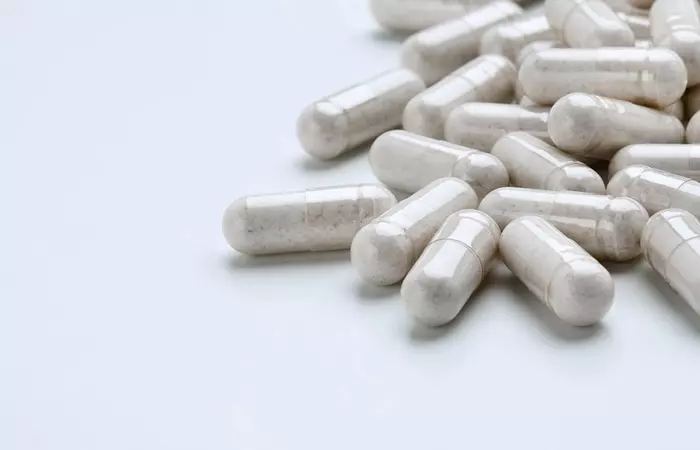
- Increase Probiotic Intake
Probiotics, as the name suggests, support the growth and multiplication of friendly bacteria, especially lactobacilli, and help to restore the pH balance of your vagina. You can either take probiotic supplements or use certain probiotics vaginally. A 2004 clinical trial published in the Journal of Clinical Gastroenterology, examined whether orally taking probiotics could help treat female urogenital infections. Researchers tested lactobacilli strains originally isolated from the vagina to see if they could survive the digestive process and still colonize the vaginal area. The results suggested that certain probiotic strains might be effective for urogenital health even when taken orally, providing an alternative to direct intravaginal application (12).
 Quick Tip
Quick Tip- Stop Douching And Use Only Mild And Suitable Intimate Products
If you are wondering how to fix your pH balance, the first rule is to stop douching. Douching refers to the practice of washing the vagina (or any other body cavity) with an upward stream of water or a mix of water and vinegar/baking soda/antiseptics/ iodine. It is a common practice among women and can have negative consequences on the vaginal pH balance as well as reproductive health. Research has found evidence to discourage this practice. A 2010 review published in MCN: The American Journal of Maternal Child Nursing found that vaginal douching was linked to several health risks for women. Women who douched were also more likely to develop infections such as bacterial vaginosis (BV), pelvic inflammatory disease (PID), and sexually transmitted infections (STIs), including HIV. Researchers found that douching disturbed the natural balance of bacteria in the vagina, making infections more likely. The study recommended that healthcare providers talk to women about these risks of douching and discourage it to protect their reproductive health (13).
Only use warm water to gently clean the outer area of the vagina, or only those intimate wash products that are specially designed to keep your vaginal pH balance intact (14).
- Ensure Airflow To Your Vagina And Vulva
A lack of airflow can raise humidity levels down there and create the perfect environment for bad bacteria and yeast to grow. Wear light and comfortable cotton underwear and try to sleep without them so that you can aerate your parts (15).
- Use Condoms Or Other Barriers During Intercourse
Semen can neutralize the acidic environment of your vagina. If you are not planning to conceive, use a condom or another barrier while engaging in intercourse (16).
- Use Antibiotics Wisely
Antibiotics work against bacteria, whether good or bad. This function makes it responsible for altering the vaginal flora, or the balance of microorganisms that helps maintain the vaginal pH balance. A review published in Frontiers in Microbiology discussed the difficulties in treating bacterial vaginosis (BV) due to its biofilm-forming nature. The review highlighted that standard antibiotics like metronidazole failed to completely remove BV-related biofilms, leading to high recurrence rates and negative effects on healthy vaginal bacteria. Due to these challenges, researchers explored alternative treatments, including natural compounds that could fight antibiotic-resistant biofilms (17). Avoid using them too frequently if possible, or combine antibiotics with probiotics.
- Change Tampons Frequently During Menstruation
The pH of blood is slightly alkaline. Avoid using your feminine hygiene products, like tampons or sanitary pads, for too long as the standing blood may increase the pH of your vagina. Keep switching them out for news ones to maintain your pH balance down there. Even those tampons that claim to be pH balanced do not significantly control the vaginal pH, according to a study (18), (19).
- Consume Garlic
Garlic helps promote vaginal pH balance. It contains natural compounds with antimicrobial and antifungal properties that may help combat the overgrowth of harmful microorganisms in the vaginal area (20). While anecdotal evidence suggests that consuming garlic may support a healthy vaginal pH, it is essential to approach this remedy with caution. Incorporating garlic or its supplements into your daily diet might help fight off common vaginal infections. However, inserting garlic cloves into the vagina, as some unsupported sources recommend, can be risky and may lead to irritation or burns. To ensure safety, consult with a healthcare professional and discuss the possible remedies for your condition.
A vlogger, outlined steps to naturally restore vaginal pH balance, emphasizing dietary changes such as avoiding excessive dairy and meat. Additionally, she detailed her natural homemade feminine wash and said, “I use this wash every single time I use the restroom, so I use the restroom, I make sure I clean myself up (i).”
Besides these simple practices, you can make certain additions to your diet for boosting your vaginal health.
What Can I Drink To Help My pH Balance?
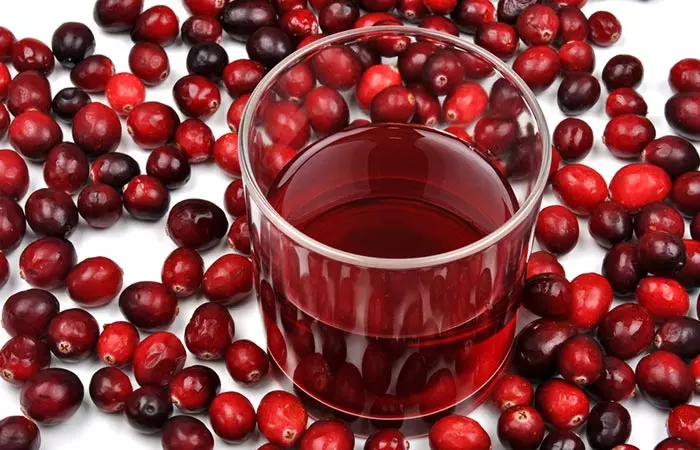
Probiotics have been shown to have a positive correlation with the health of the vaginal microbiome that is responsible for its pH balance. Antioxidants too can play an important role in vaginal microbiome health. Though more research is needed to understand the efficacy of oral probiotics and antioxidants, some of these probiotic or antioxidant-rich drinks may help you restore the vaginal pH balance (21), (22):
- soy milk
- cranberry juice
- pickle juice
- kefir
- lemon-infused water
 Quick Tip
Quick TipIn certain situations, diet changes or natural remedies to restore pH balance may be insufficient and it is important to know when you should consult a doctor.
When To See A Doctor
Generally, the vagina can restore its health on its own, with a little support from natural remedies to restore vaginal pH balance. However, you need to seek medical help in case any of the following symptoms does not improve or get worse:
- green, yellow, milky white, or cheese-like discharge
- burning sensation
- itching
- foul odor
The vagina is good at cleansing itself from within and maintaining its internal environment. However, there are several factors that may throw its natural pH balance off. The ideal pH level of a healthy vagina, between the first menstruation cycle and menopause, varies anywhere between 3.8 and 4.5. You can incorporate certain natural remedies in your daily practices to help restore your vaginal pH balance. This could include taking probiotics, avoiding soaps or cleansing products on the vagina, and wearing breathable fabric. A pH imbalance could potentially make you vulnerable to STDs and UTIs. If you are worried that your vaginal pH is too alkaline, or that you may have an infection, you should consult your gynecologist at the earliest.
Infographic: 6 Ways To Improve Your Vaginal pH Balance
The pH level of your vagina should ideally be somewhere between 3.8 and 4.5. It is important to maintain a healthy vaginal pH balance. The wrong pH level can increase your risk of developing vaginal infections and harm your reproductive health. So how to fix your ph balance effectively at home? The good news is that you can restore your vaginal pH balance easily by following a few simple tips.
Check out the infographic below to know more!
Some thing wrong with infographic shortcode. please verify shortcode syntax
Maintaining the right vaginal pH is important to keep it healthy and free from infections. A change in discharge color and texture, or itchiness and a foul odor may hint at a pH imbalance and possible infection. At such times, you can count on any of the home remedies mentioned above to help restore the normal vaginal pH. Cranberry juice, lemon water, soy milk, and kefir can help balance the pH. Ensuring proper airflow, keeping it dry, protection during intercourse, and taking antibiotics when required would help prevent things from getting worse. Consult a doctor if things don’t seem to be getting better in a couple of days.
Frequently Asked Questions
Is it normal for vaginal pH to change?
Yes, it is normal for vaginal pH to change. A healthy vaginal pH typically ranges from 3.8 to 4.5, but it may fluctuate due to factors like irregular menstruation cycles, sexual activity, hormone levels, and infections (23). You may consult your doctor for these issues.
Does pineapple help with vaginal pH balance?
While anecdotal evidence suggests that eating pineapple may help maintain the vaginal pH, there is no scientific evidence to prove it.
Does apple cider vinegar help pH balance in the vagina?
It may. Vagina has a naturally acidic pH. So, bathing in water containing some apple cider vinegar, a mild acid, may help maintain its pH.
Can diet affect vaginal pH, and what foods should I avoid or consume to maintain a healthy balance?
Yes, many factors such as the diet can affect the vaginal pH. Avoid acidic foods such as sugary, processed, and spicy foods, alcohol, coffee, red meat which can disrupt the vaginal pH balance. Eat nuts and other healthy fats, drink plenty of water, food rich in fiber, probiotic-rich foods, leafy greens to prevent bacterial overgrowth and maintain a healthy vaginal balance.
How often should I check my vaginal pH?
The need to check vaginal pH levels will depend on a person’s individual health needs and concerns. Healthy people don’t generally need to monitor their vaginal pH levels on a regular basis. However, if you have a history of recurring yeast infections or if you suffer symptoms like itching, burning, or odd discharge, your doctor may advise evaluating your vaginal pH levels to aid in diagnosis and treatment.
How to fix your pH balance overnight?
Drinking lots of water, cranberry juice, lemon water, soy milk, and kefir can help balance vaginal pH balance overnight, However, it can take more time depending on the underlying causes.
Learn natural remedies to restore your vaginal pH balance and feel healthier! Get tips on diet, lifestyle, and supplements to help you feel your best by checking out the video below.
Personal Experience: Source
StyleCraze's articles are interwoven with authentic personal narratives that provide depth and resonance to our content. Below are the sources of the personal accounts referenced in this article.
i. How i naturally restored my pH balance | Girl Tipshttps://www.youtube.com/watch?v=pN–6PPbpAY
References
Articles on StyleCraze are backed by verified information from peer-reviewed and academic research papers, reputed organizations, research institutions, and medical associations to ensure accuracy and relevance. Read our editorial policy to learn more.
- Vaginal pH measured in vivo: lactobacilli determine pH and lactic acid concentration
https://pubmed.ncbi.nlm.nih.gov/30642259/ - Acid production by vaginal flora in vitro is consistent with the rate and extent of vaginal acidification
https://pubmed.ncbi.nlm.nih.gov/10496892/ - The role of lactic acid production by probiotic Lactobacillus species in vaginal health
https://pubmed.ncbi.nlm.nih.gov/28435139/ - Clinical Evaluation of a Self-Testing Kit for Vaginal Infection Diagnosis
https://www.hindawi.com/journals/jhe/2025/4948954/ - Vaginal Microbiota and the Use of Probiotics
https://www.ncbi.nlm.nih.gov/labs/pmc/articles/PMC2662373/ - Evaluation of vaginal pH for detection of bacterial vaginosis
https://www.ncbi.nlm.nih.gov/labs/pmc/articles/PMC3818598/ - A Study of Trichomonas vaginalis Infection and Correlates in Women with Vaginal Discharge Referred at Fann Teaching Hospital in Senegal
https://www.hindawi.com/journals/jpr/2019/2069672/ - Warding Off Recurrent Yeast and Bacterial Vaginal Infections: Lactoferrin and Lactobacilli
https://www.ncbi.nlm.nih.gov/labs/pmc/articles/PMC7023241/ - Candida Infection as a Risk Factor for HIV Transmission
https://www.liebertpub.com/doi/10.1089/154099903766651612?cookieSet=1 - The Vaginal Microbiota and Urinary Tract Infection
https://www.ncbi.nlm.nih.gov/labs/pmc/articles/PMC5746606/ - Role of Lactobacillus in Female Infertility Via Modulating Sperm Agglutination and Immobilization
https://www.frontiersin.org/journals/cellular-and-infection-microbiology/articles/10.3389/fcimb.2025.620529/full - Utilization of the intestinal tract as a delivery system for urogenital probiotics
https://pubmed.ncbi.nlm.nih.gov/15220672/ - An updated review of evidence to discourage douching
https://pubmed.ncbi.nlm.nih.gov/20215951/ - Effects of feminine hygiene products on the vaginal mucosal biome
https://www.ncbi.nlm.nih.gov/labs/pmc/articles/PMC3758931/ - Role of female intimate hygiene in vulvovaginal health: Global hygiene practices and product usage
https://www.ncbi.nlm.nih.gov/labs/pmc/articles/PMC7789027/ - Vaginal pH neutralization by semen as a cofactor of HIV transmission
https://www.sciencedirect.com/science/article/pii/S1198743X14643299 - Bacterial Vaginosis Biofilms: Challenges to Current Therapies and Emerging Solutions
https://www.frontiersin.org/journals/microbiology/articles/10.3389/fmicb.2015.01528/full - Influence of the Normal Menstrual Cycle on Vaginal Tissue Discharge and Microflora
https://academic.oup.com/cid/article/30/6/901/432360 - pH-balanced tampons: Do they effectively control vaginal pH?
https://www.researchgate.net/publication/5518204_pH-balanced_tampons_Do_they_effectively_control_vaginal_pH - Comparing the Therapeutic Effects of Garlic Tablet and Oral Metronidazole on Bacterial Vaginosis: A Randomized Controlled Clinical Trial
https://www.ncbi.nlm.nih.gov/pmc/articles/PMC4166107/ - Probiotics and vaginal microecology: fact or fancy?
https://www.ncbi.nlm.nih.gov/labs/pmc/articles/PMC6357464/ - Analysis of the Oxidative Stress Status in Nonspecific Vaginitis and Its Role in Vaginal Epithelial Cells Apoptosis
https://www.hindawi.com/journals/bmri/2015/795656/ - Factors affecting vaginal pH levels among female adolescents attending genitourinary medicine clinics
https://pmc.ncbi.nlm.nih.gov/articles/PMC1745063/pdf/v081p00483.pdf
Read full bio of Kate Driver
Read full bio of Sanchari Bhattacharya
Read full bio of Arshiya Syeda
Read full bio of Dipti Sharma









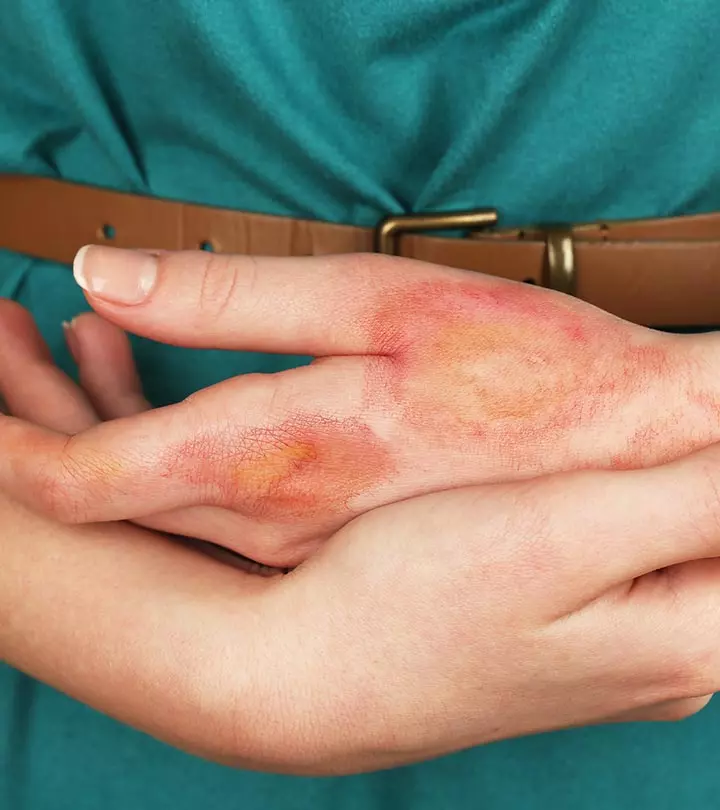






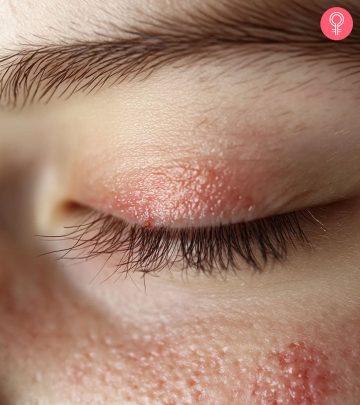

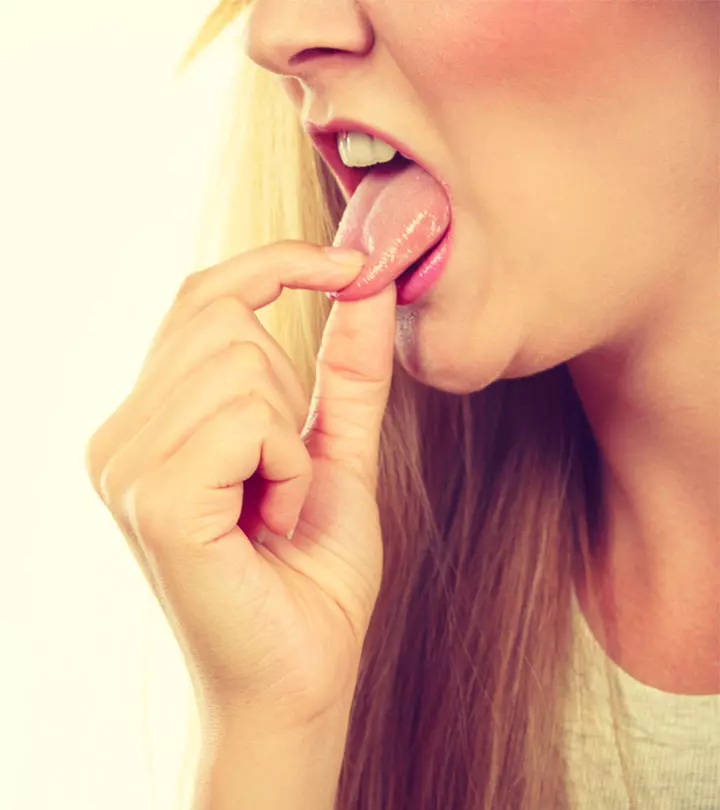

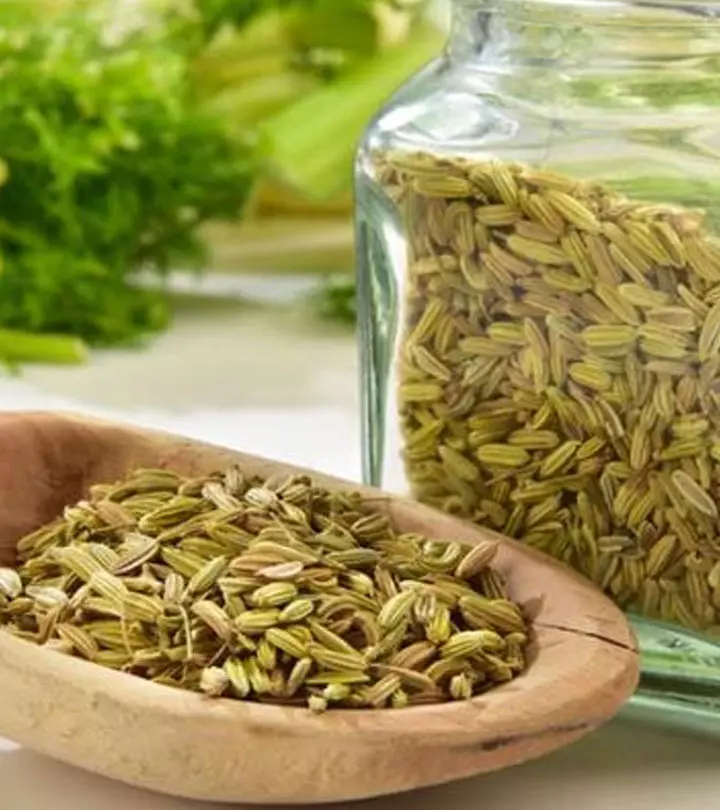
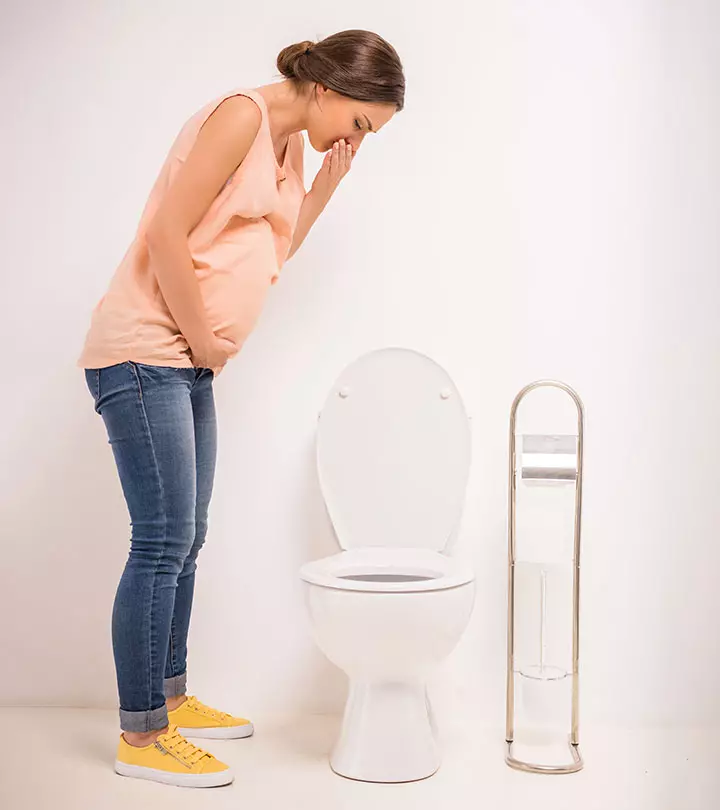

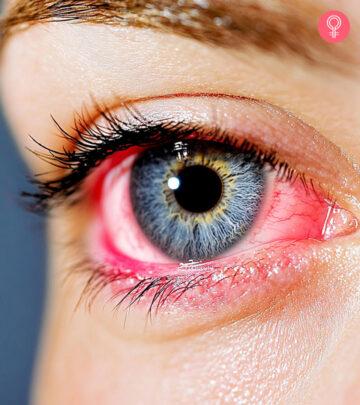



Community Experiences
Join the conversation and become a part of our empowering community! Share your stories, experiences, and insights to connect with other beauty, lifestyle, and health enthusiasts.